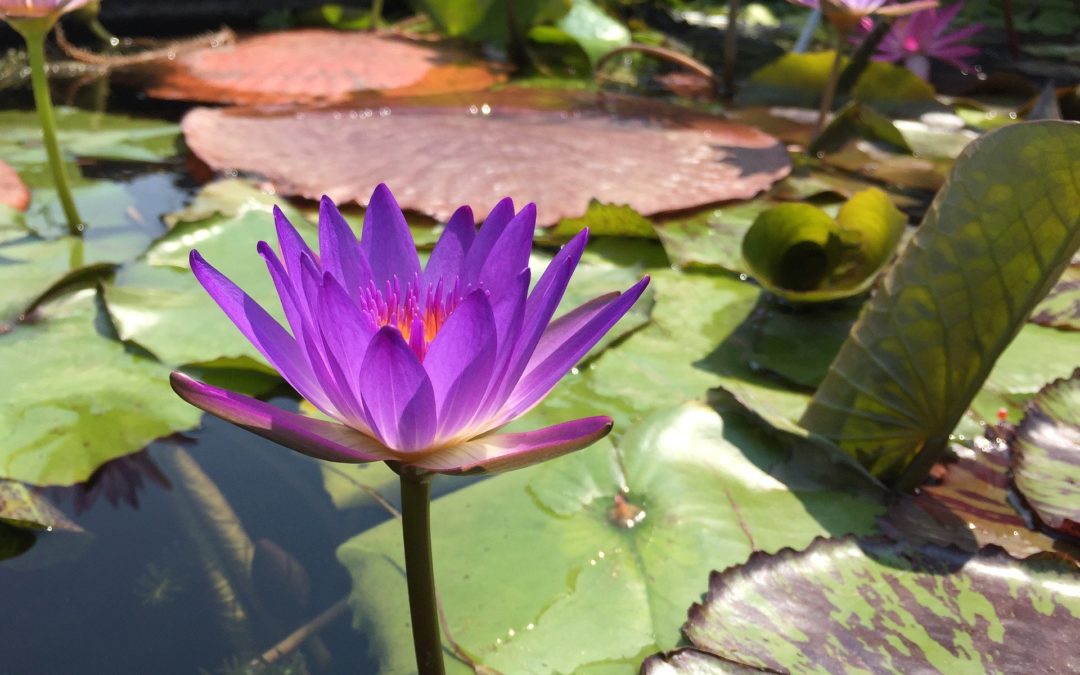Reiki Attunements
Why Four are Needed for First Degree Reiki
Reiki is different from other healing techniques because of the attunement process which involves the transfer of the ability to channel Reiki energy from the Reiki Master to the initiate.
The attunement awakens and activates one to the basic life force energy of the universe. When we attune to something, we become one with it. It is through an affinity of sympathetic vibrations that we begin to resonate with the knowledge we wish to obtain. We become the knowledge and the knowledge becomes us.
In this day and time of hurry up and get there and why should I wait, I propose my belief that Reiki and the attainment of the ability to channel this energy is much too sacred to be rushed. Initiation, in my opinion, is a sacred ceremony; it is a connection with the Divine; it is empowering.
When one receives an attunement from a Reiki Master, a 21 day cleansing process begins. What is actually happening is that an increase in the vibratory rate of the recipient occurs and old energy patterns begin to change with the increased vibration. These changes can affect the student at every level: physically, emotionally, mentally, and spiritually.
Changes can be very subtle or quite profound. They may not be immediate. The 21 day cleansing and re-aligning process accompanies each attunement. It is a disservice to the student, in my opinion, to give more than two attunements, well-spaced, in one day.
When attunements are given too close together, the student is not given adequate time to integrate and process the effects of the increased vibratory rate.
Some schools of Reiki offer only one attunement as an initiation into Reiki. From the research which I have done, the reason usually given is that the use of a particular Master symbol used in the attunement process eliminates the need for four attunements.
This philosophy does not ring true to me. It feels like a short cut one could take on a long journey. You get there faster, but you don’t get to see the scenery. I can only depend on my own experiences and research and the feedback given to me by my students to draw my conclusion as to why four attunements are necessary.
TRADITIONAL USUI REIKI offers four attunements, each with a specific purpose:
The first attunement opens the heart chakra of the student making him more aware of the connections among all living beings. A new sense of compassion and understanding may slowly arise in the student’s consciousness.
The second attunement opens the throat chakra. Students may develop itchy, sore or tight throats after the second attunement but the end result is that there is the bringing forth and possible clearing of communication or career issues.
The third attunement opens the third eye or brow chakra. There may be heightened intuition or a developing trust in those little tugs leading us in a certain direction which we all feel at times.
The fourth attunement opens the crown chakra. This is the energy center which is our connection with the spiritual realm, with universal truth. This final attunement seals open the channel which allows one to receive the frequency of energy known as Reiki.
The Reiki Master should always develop a relationship with the student, especially if sending long distance attunements, so that if problems or questions arise, help can be rendered as sometimes a healing crisis may result from the attunement. The process should be handled with respect and acknowledgement of the profound results which may occur, perhaps months in the future.
As always, the attunements are given using Holy Water.
Vickie Penninger, Reiki Master
Munay-Ki Harmony Rites
Allow these meditations to strengthen and integrate the energy of the archetypes of the ancient Incan Shamans empowering you to become Homo Luminous.
Available as Download or CD on CD Baby Music Store and Amazon.com Music. Vickie also has CDs available for purchase at $15 each.
The Munay-Ki Harmony Rites, a guided meditation, by Vickie Penninger, music by Mark Roche, Artwork by Sherrie Roche.

